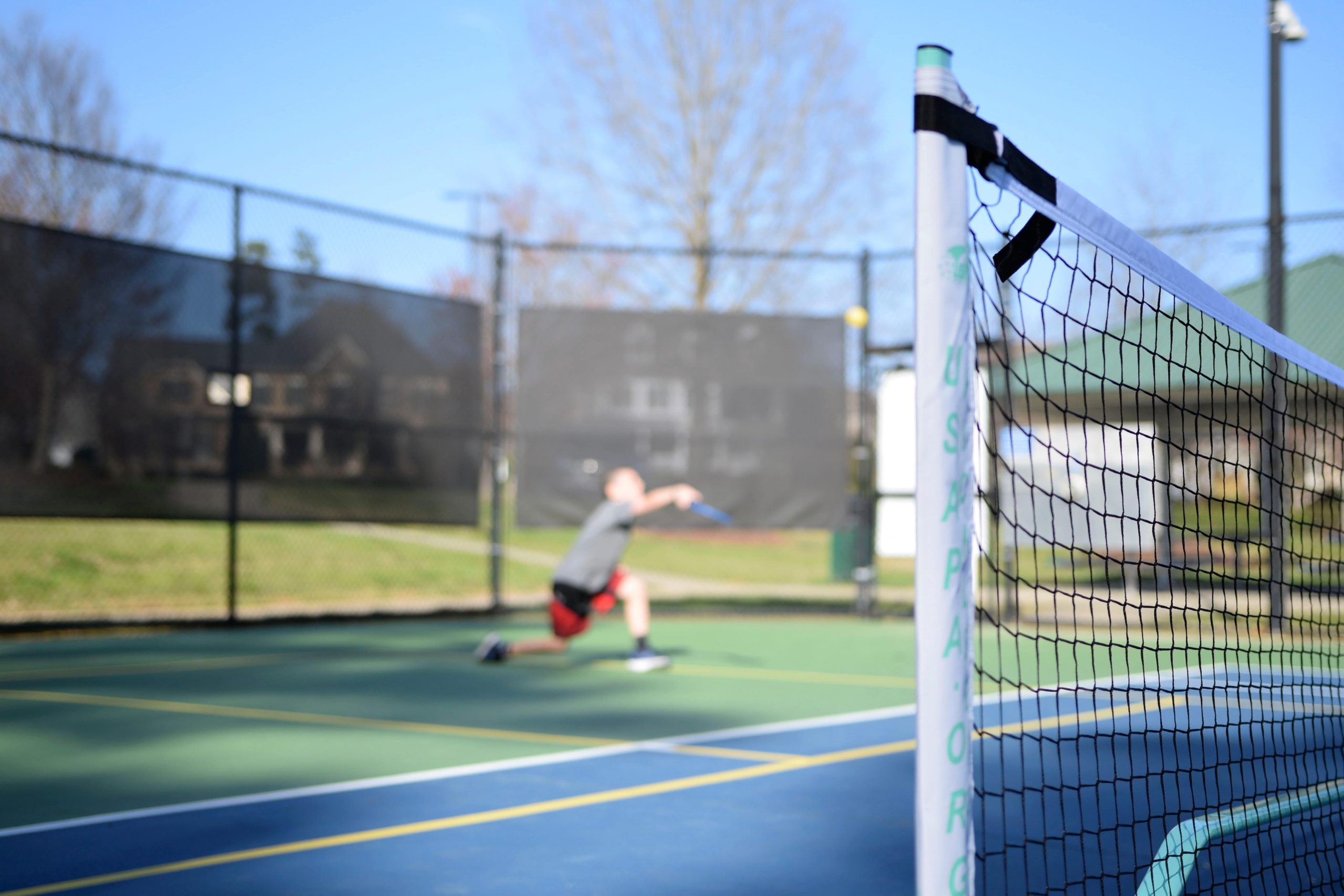Pickleball, America’s fastest-growing sport, requires specific eyewear and patient education
“Just got cataracts done and looking for eye protection, which is probably a good idea for most players. Any recommendations on shatterproof sunglasses and indoor glasses?” This post on an online sports forum shines a light on what may be an untapped market in your eyecare practice: pickleball players.
If you haven’t heard of pickleball, you will soon. It’s been the fastest growing sport in the U.S. for the past two years, with nearly 5 million participants, from Bill Gates to Kim Kardashian. Played indoors and outside year-round, pickleball draws passionate players of all ages who are looking for ways to improve their game and protect their health — and that includes their eyes.
The USA Pickleball association has partnered with specialty racquet sports eyewear company RIA Eyewear, whose mission is to promote eye protection while helping players improve their performance. Here are some key issues to bring up with your patients who play racquet sports, or any sport that could put their eyes at risk.
UV protection, glare, and contrast
Many people who play sports outdoors in warmer climates already wear sunglasses. But for hardcore pickleballers in colder climates who play outdoors even during the winter, reinforce the message that sunglasses are not only for the summer months. Explain what UV rays are and that they can harm the eyes. Remind patients to wear sunglasses even on overcast days, since UV rays can go through clouds.
Talk to patients about ways to reduce glare and enhance contrast and depth perception with tinted polycarbonate sunglasses.
You might also talk to patients about the benefits of polarized sunglasses. Discuss how polycarbonate lenses are lighter weight, reduce glare, and are available in different tints that can enhance the ball’s contrast against the court, improving their depth perception and reaction speed.
Given that pickleballs are typically light green or yellow, rose and brown colored lenses offer the best contrast, providing better ball visibility, suggested pickleball publication The Dink. Yellow or orange lenses heighten contrast for indoor sports, according to All About Vision, whereas a gray tint reduces overall brightness while preserving 100% normal color perception.
Protecting eyes from impact
Nearly 30,000 eye injuries are caused each year by sports, according to the American Academy of Ophthalmology — yet 90% of these accidents could be prevented by protective eyewear. The most common types of eye trauma during sports are corneal abrasion, blunt injuries, and penetrating injuries.
Protective eyewear can prevent 90% of eye injuries. Pickleball and other racquet sport players are at risk of impact injuries to the eye from the ball or other players.
As with many other ball sports, pickleballers face specific hazards to their vision when they play, such as impacts to the eye from the ball or their partners’ paddle. In some cases, retinal tears can result from pickleball injuries. Studies have concluded that proper eye protection should be worn. The Dink noted that the world’s top women’s pickleball player, Anna Leigh Waters, wears protective eyewear in every match. High-quality polycarbonate lenses are the best way to protect the eyes from the close-range impact of balls coming at you at high speeds, as in racquetball, squash, tennis, and pickleball.
Encourage patients to schedule an eye exam before purchasing sports glasses or sunglasses. Even a small amount of refractive error can make a big difference in providing the clearest vision while playing sports.

